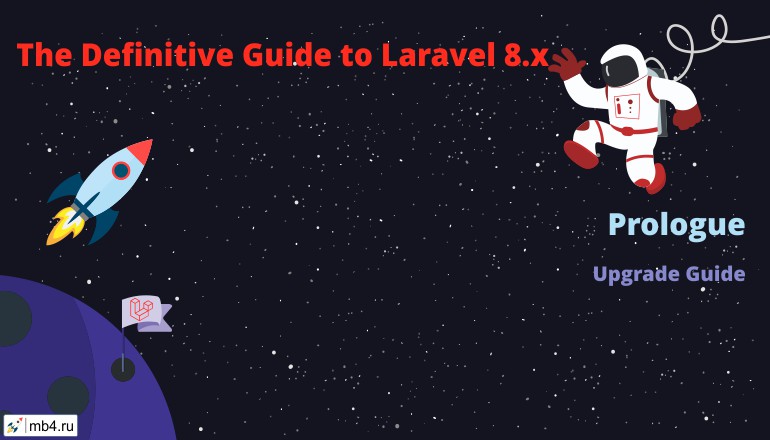Laravel: Documentation, News, Reviews
Laravel Basics
Introduction, installation, MVC architecture, environment setup
Laravel is a modern PHP framework that has become the gold standard in web development in recent years. Its popularity stems from its elegant syntax, well-thought-out architecture, and rich ecosystem of tools. The framework follows MVC (Model-View-Controller) principles, ensuring clear separation between application logic, data handling, and presentation layers. With its built-in features, Laravel significantly speeds up the development of complex web applications.
Installing Laravel is incredibly straightforward thanks to the Composer package manager. Just run a single command in the terminal, and the framework is ready to use. For local development, you can either use the built-in Artisan server or set up a Docker environment via Laravel Sail. Security is a top priority in Laravel—the framework automatically protects against SQL injection, XSS attacks, and other common vulnerabilities.
Laravel’s implementation of MVC architecture is exceptionally well-designed. Models handle database interactions through the powerful Eloquent ORM, controllers manage business logic, and views are rendered using the intuitive Blade templating engine. The framework also leverages Middleware for HTTP request processing, making routing flexible and secure. All components are interconnected via a service container that simplifies dependency injection.
Environment configuration in Laravel is streamlined with the `.env` file, which stores all necessary settings. The framework supports multiple databases, including MySQL, PostgreSQL, and SQLite, and provides convenient tools for migrations and seeding test data. Built-in caching, task queues, and command scheduling make Laravel a versatile solution for projects of any scale—from simple websites to high-traffic applications.
Laravel's main features
Eloquent ORM, routing, Blade, authentication, Middleware
Laravel provides developers with a powerful toolkit that makes building web applications not only fast but also enjoyable. At the heart of the framework is Eloquent ORM - an elegant database interaction system that allows working with tables as regular PHP objects. Thanks to automatic relationship detection, eager loading, and flexible query methods, Eloquent eliminates the need to write complex SQL queries manually. What's especially convenient is that a single model can work with different types of DBMS without code changes.
Laravel's routing system exemplifies thoughtful design and flexibility. It allows not only setting simple URL rules but also creating complex application interaction schemes through RESTful resources, route groups, and parameterized URLs. Built-in request validation and automatic dependency injection into controllers make HTTP request processing predictable and secure. Particularly valuable is the ability to cache routes to boost application performance.
The Blade templating engine combines ease of use with powerful capabilities. Unlike many other templating systems, Blade doesn't restrict developers from using plain PHP code but provides convenient directives for common operations. Template inheritance, components, slots, and other Blade features enable creating complex interfaces without code duplication. At the same time, compiled templates work so fast that the difference from pure PHP is nearly imperceptible.
Laravel's authentication system and Middleware are implemented so thoroughly that they cover most common web development needs. Just a few Artisan commands - and your application has a complete user registration and login system with email verification and password reset. Middleware provides convenient HTTP request filtering, allowing centralized processing of authorization, CORS headers, CSRF token verification, and other security aspects. The flexibility of this system makes it easily adaptable to any project's specific requirements.
Laravel ecosystem and tools
Forge, Vapor, Horizon, popular packages, community
Laravel is renowned not just for its core framework, but also for its powerful ecosystem of professional tools that significantly simplify developers' lives. Laravel Forge allows deploying application servers on popular cloud platforms with just a few clicks, automating the configuration of Nginx, PHP, and databases. For serverless solutions, there's Laravel Vapor - a platform that deploys applications on AWS Lambda, eliminating infrastructure management headaches. These tools make project deployment as straightforward as development itself.
A cornerstone of the ecosystem is Laravel Horizon - an intuitive Redis queue dashboard with real-time task processing visualization. Horizon provides live metrics, enables worker load balancing configuration, and allows quick response to queue issues. For monitoring scheduled tasks, Laravel Telescope is ideal - a powerful debugging tool offering comprehensive insights into application operations including requests, exceptions, logs, and job execution.
The Laravel community represents another vital asset, continuously enriching the ecosystem with useful packages. Solutions like Laravel Nova (admin panel), Cashier (subscription management), and Socialite (OAuth authentication) have become de facto standards for many projects. Thousands of packages available on GitHub and Packagist address common needs - from PDF generation to external API integration - dramatically accelerating development.
The official Laravel documentation deserves special mention, being considered among the best in the PHP world. An active community, regular worldwide Laracon conferences, and numerous blogs/video tutorials make learning the framework exceptionally convenient. This ecosystem transforms Laravel from merely a framework into a comprehensive professional web development platform where every component is meticulously designed.
Why Laravel?
Comparison with other frameworks, pros/cons, perspectives
Laravel stands out among other PHP frameworks due to its well-thought-out architecture and exceptional developer experience. Unlike Symfony, which can be overly complex for small projects, or CodeIgniter with its limited functionality, Laravel strikes the perfect balance between power and ease of learning. Its syntax is so intuitive that even beginners can quickly start building full-fledged applications, while experienced developers appreciate its flexibility for implementing complex solutions. Modern versions of Laravel demonstrate performance comparable to more "heavyweight" competitors thanks to an optimized core and caching system.
Laravel's main advantages lie in its rich standard library and ecosystem that cover 90% of common web development tasks. Unlike Yii or Phalcon where many features require additional packages, Laravel comes "batteries included" with everything from authentication to task queues and real-time events. The built-in Eloquent ORM is particularly noteworthy, surpassing similar solutions in other frameworks in terms of convenience. However, this versatility comes at a cost - Laravel might be excessive for microservices where Slim or Lumen would be more appropriate.
The future of Laravel looks extremely promising thanks to active development and Taylor Otwell's strategic vision. Unlike Zend Framework, which is gradually losing popularity, Laravel continues to grow its community and adopt modern approaches. Recent versions focus on performance optimization and PHP 8+ features while maintaining backward compatibility. Special emphasis is placed on serverless architecture through Vapor and improved tools for scalable applications, making Laravel an excellent choice for both startups and enterprise projects.
Despite competition from newer technologies like Node.js or Go, Laravel maintains its leadership in the PHP ecosystem through a comprehensive approach. It offers not just a set of components, but an entire development philosophy where every detail is carefully considered - from installation to deployment. While specialized solutions might be better for high-load APIs, Laravel remains the optimal choice for the vast majority of web applications, combining performance, development convenience and reliability. Its growing ecosystem ensures that investments in learning the framework will pay off in the long term.
- Details
- Parent Category: The Definitive Guide to Laravel
- Category: Getting Started
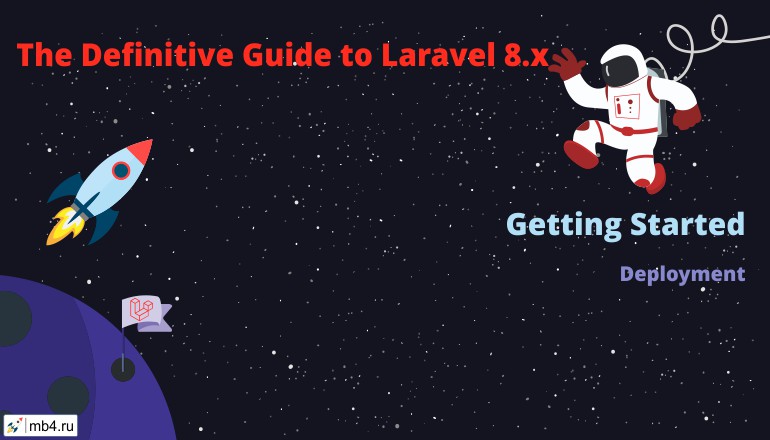
- Details
- Parent Category: The Definitive Guide to Laravel
- Category: Getting Started
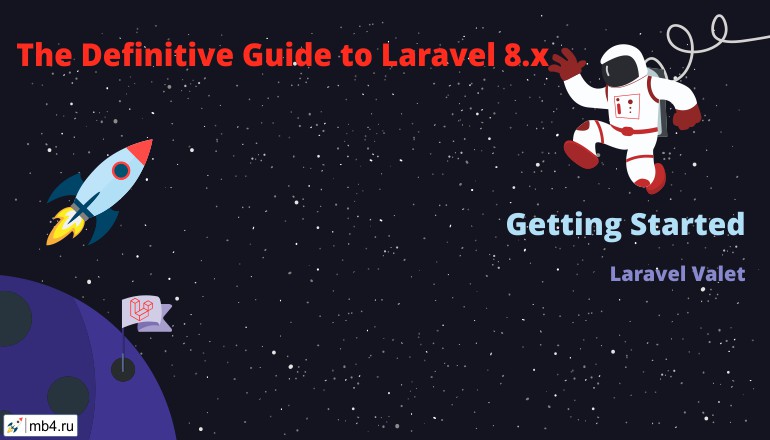
- Details
- Parent Category: The Definitive Guide to Laravel
- Category: Getting Started
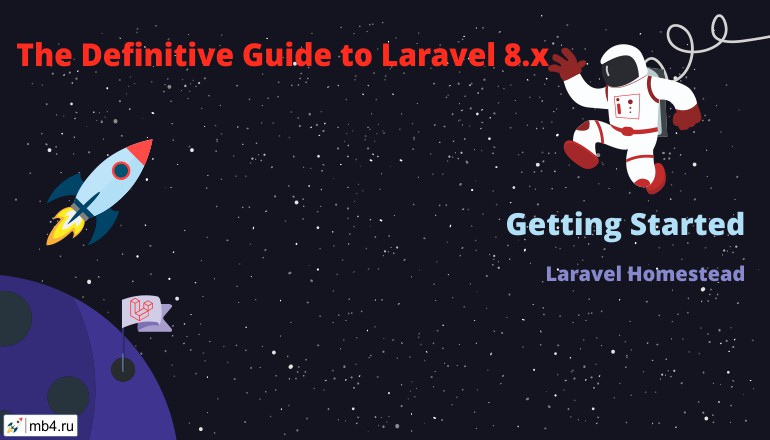
- Details
- Parent Category: The Definitive Guide to Laravel
- Category: Getting Started
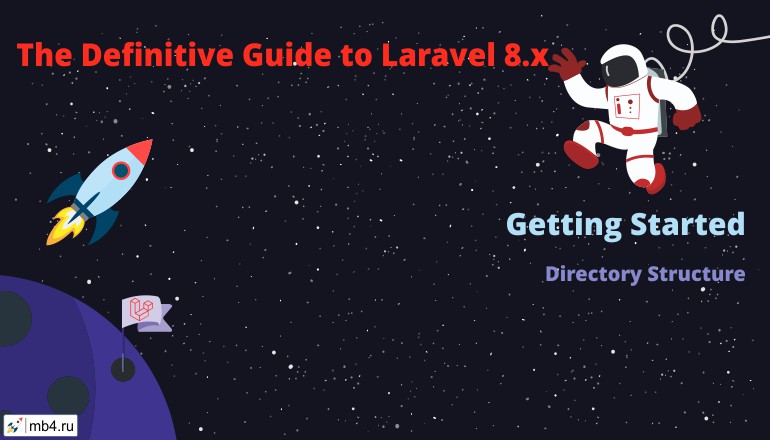
- Details
- Parent Category: The Definitive Guide to Laravel
- Category: Getting Started
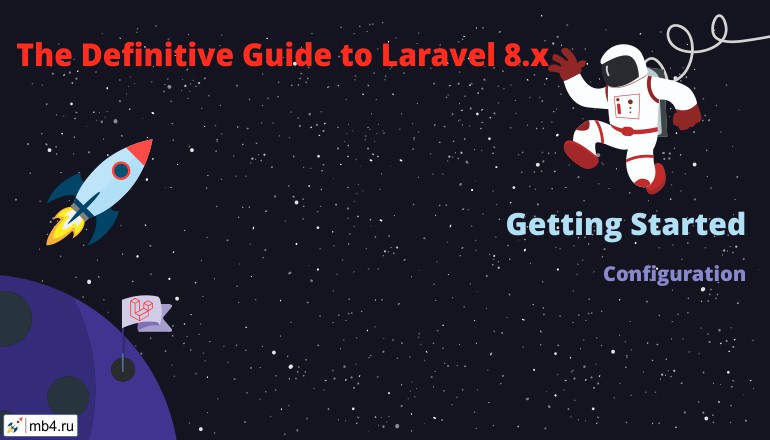
- Details
- Parent Category: The Definitive Guide to Laravel
- Category: Getting Started

- Details
- Parent Category: The Definitive Guide to Laravel
- Category: Prologue
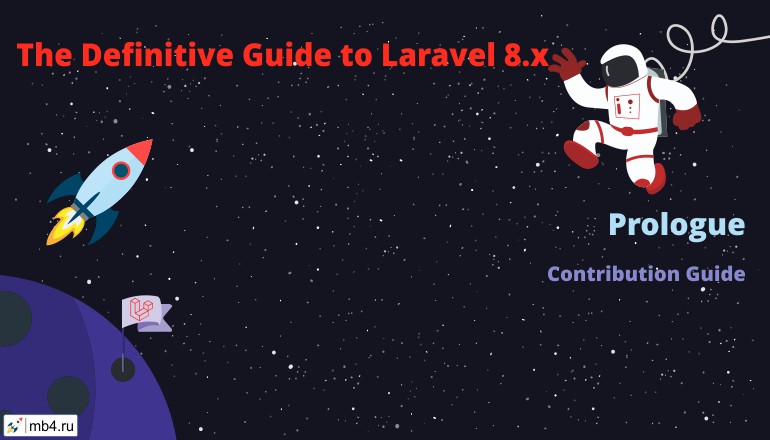
- Details
- Parent Category: The Definitive Guide to Laravel
- Category: Prologue
